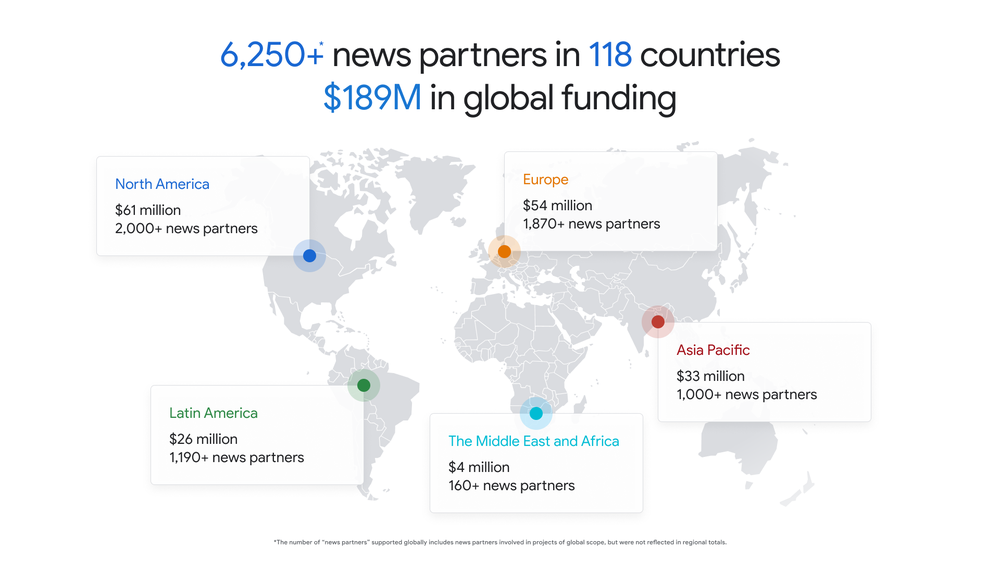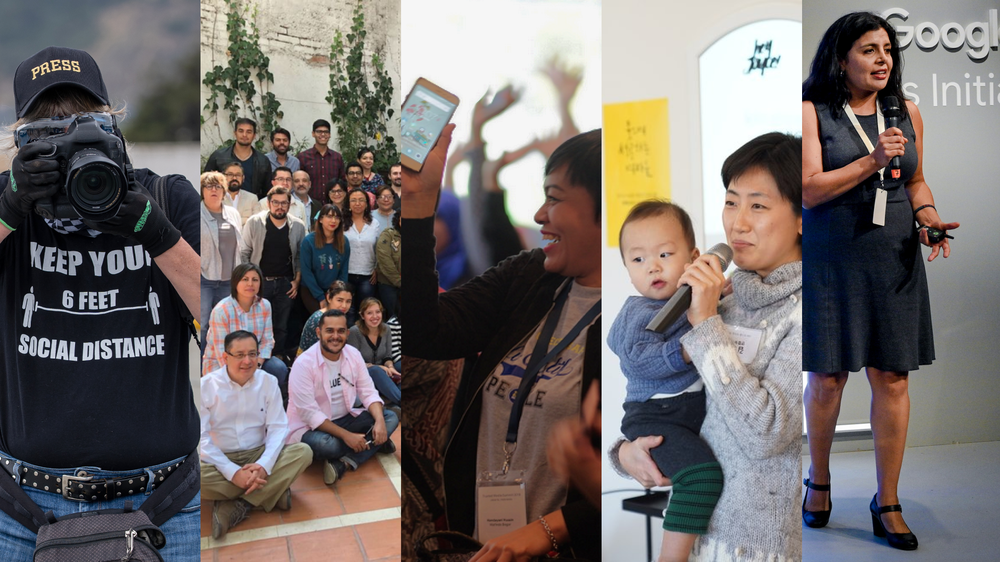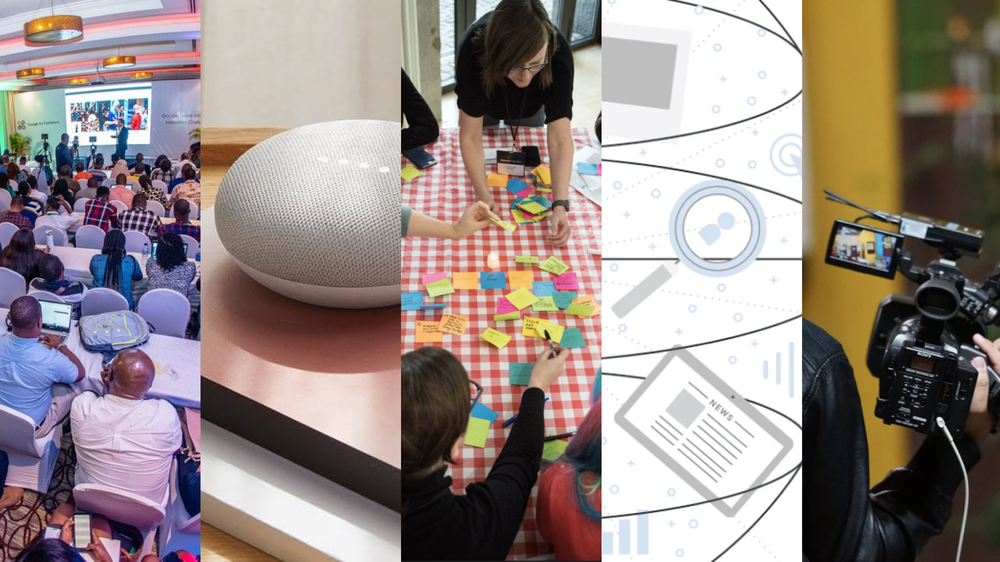When we launched the Google News Initiative in 2018 with a mission of helping to create a sustainable landscape for journalism, the news industry and the world were in very different places. Now, more than three years later, we are reflecting back on what we’ve accomplished together with news organizations, nonprofits and journalists at the same time as we deepen our commitment to these challenges.
Publishers have shared with us that adapting their business models to digital is immensely difficult. So together with industry associations and thought leaders worldwide we introduced the Digital Growth Program to help news organizations accelerate growth in advertising and consumer revenue and strengthen their core foundations in audience development, product and data. The feedback we received from partners also encouraged us to grow our investment in our audience insight tools, including our flagship experience, News Consumer Insights, and build resources for aspiring news entrepreneurs like our Startups Labs and Boot Camps.
Reporters and editors have told us that building digital journalism skills using technology to advance the practice of journalism and combating misinformation are critical priorities. That’s why we’ve expanded our News Lab trainings and made commitments to efforts like the European Media and Information Fund and supporting the fact check community
The increasing pressure the pandemic has put on the business of journalism cannot be overlooked given the knock on effect on newsrooms and their ability to cover the news. That led us to create the Journalism Emergency Relief Fund, putting much-needed funding of nearly $40 million into the hands of over 5,600 local newsrooms. Covid was also the impetus for the Support Local News campaign in the U.S. and Canada to encourage people to support their local paper.
Throughout, we strive to ensure our work touches a diverse group of publishers and audiences — from ourInnovation Challenges which have supported over 200 news organizations around the world, to our first Ad Transformation Lab with 28 Black- and Latino-owned publications in the U.S.
This is just a snapshot of our work. Over the last three years we’ve accomplished a lot, but there’s much more to do. Achieving a healthy, sustainable and diverse news industry isn’t something Google or any single entity can or should do alone. This is a shared responsibility across publishers, companies, governments, civic society and more. Today we remain as committed as we’ve always been to playing our role in adeep and meaningful way.
You can read more about our work in this year’s GNI Impact Report, but below we wanted to highlight some publishers and partners we have worked with along the way.
Quality journalism
Quality journalism plays a central role in connecting people and communities. Across our products we work to provide people with access to essential reporting. We partner with organizations to help people grow their media literacy skills to sort fact from fiction online, and we provide tools and training to help newsrooms in their work. One of our partners is DataLEADS, who we worked with to provide verification training for thousands of reporters across India.
Sustainability and business models
The business of news is changing rapidly. We’ve developed products and programs to support publishers of all sizes in their ongoing journey to sustainability, such as Startups Labs and Bootcamps focused on a community of aspiring news entrepreneurs. That includes Alma Preta, which has grown from a small collective to a fully fledged operation to address the lack of Black representation in Brazilian media.
Community
Collaboration is at the heart of everything we strive to do with the GNI. It’s essential to bring everyone together to tackle the most pressing issues facing journalism and to hear directly from you on how we can solve these challenges together. It’s key we ensure we include a wide range of voices and range of ideas and opinions to build this community and support diversity in as many corners of the news ecosystem as possible. That approach underpins the GNI’s support forFood for Mzansi’s Sinelizwi citizen journalism project focused on training people to tell the untold stories of rural communities in South Africa.






